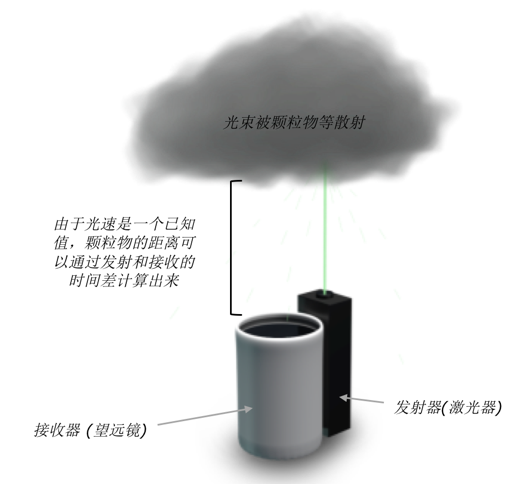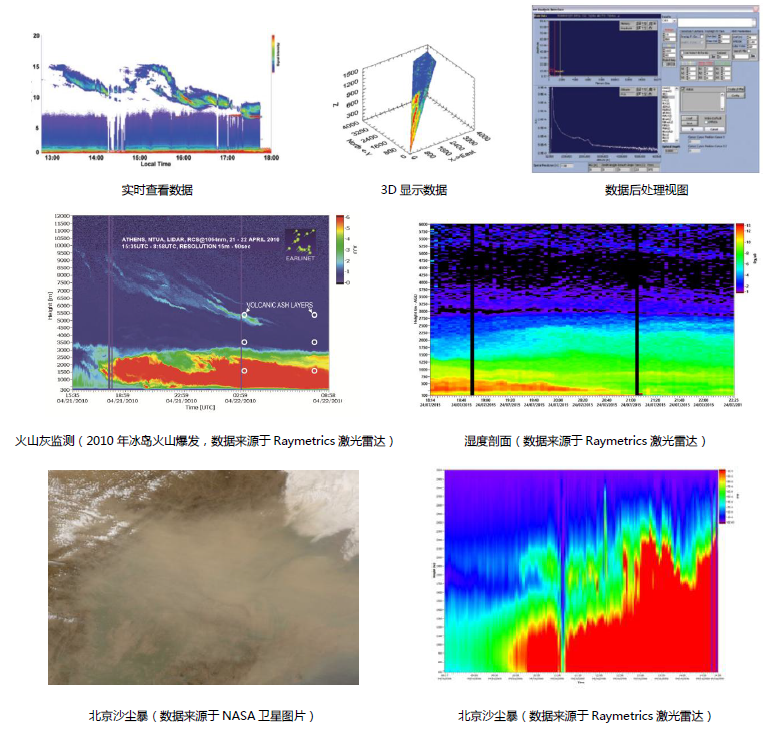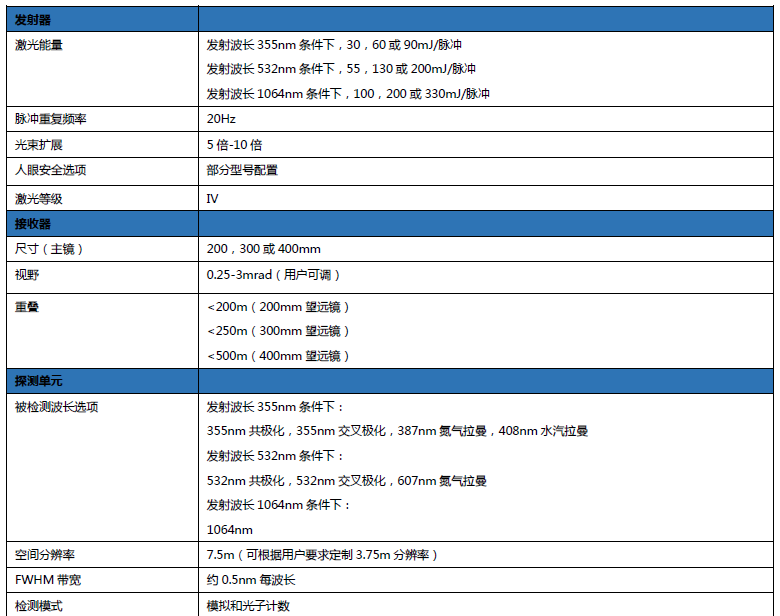Founded in 2002, Raymetrics is a company aiming to manufacture the highest quality scientific research instruments.Raymetrics designs and manufactures a series of lidar systems for meteorological, air quality and air pollution monitoring. Its products include backscattering lidar, polarization lidar and Raman scattering lidar, and lidar.Related components such as special telescopes, lasers, etc.
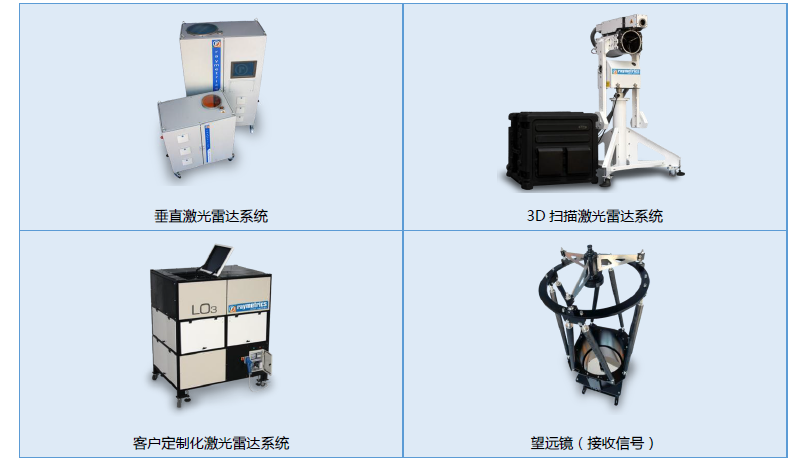
Raymetrics has established a global sales network, and its products have been installed and operated in countries or regions such as China, the United States, Europe, India, Southeast Asia, Africa and South America.Among the customers are a large number of well-known institutions in related fields such as Met Office (UK), Meteo France (France), European Space Agency, German Aerospace Centre, etc.
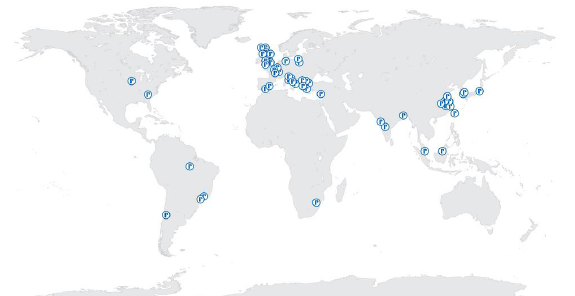
Raymetrics’ global customer distribution (as of 2015)
Application areas
Meteorological research youAtmospheric boundary layer height and mixed layer thickness you3D cloud base height and cloud thickness, dynamic evolution of cloud layer, convective element structure youWater droplets/ice crystal recognition in clouds youAtmospheric transport and diffusion process youFog detection youWater vapor (humidity) profile youMeteorological prediction verification, ground verification of satellite remote sensing data Research on air pollution and air quality youAerosol vertical section/instantaneous section youAerosol types (dust, smoke, urban pollutants, marine aerosols, military pollution, etc.) youMicrophysical characteristics of aerosols (volume, surface concentration, reflection coefficient, etc.) youAir quality/pollution mode remote data acquisition youVolcanic ash/smoke/dust layering and height youAtmospheric backscattering coefficient, color ratio, polarization rate, visibility, extinction coefficient, extinction ratio Aerospace Safety youAirport Meteorological Monitoring youAirport visibility measurement | Lidar Principle LiDAR (LIDAR, Light Detection And Ranging) emits pulsed lasers into the air. The laser interacts with gas molecules, water vapor, particulate matter and pollutants in the air to cause scattering. The scattered signal is received by the telescope system.Since the velocity of light is constant, the distance of the detection target can be calculated by the time difference between transmitting and receiving laser light.More advanced lidars can also analyze the properties of received light. Through these properties, some meteorological parameters such as optical depth and particulate properties (volcanic ash, smoke, marine aerosols, dust, etc.) can be determined for meteorological purposes.Studies on air pollution, air quality, visibility, etc.
| ||||||||
Raymetrics' product line includes fixed parameters LR111-ESS-D200 scanning lidar (for fog detection, visibility monitoring and smoke monitoring, etc.) and LR111-D300 vertical lidar (for meteorological research, including volcanic ash detection, atmosphere.Boundary layer research, etc.).At the same time, Raymetrics can also provide differentiated system customization services based on user requirements and budget.Raymetrics provides differentiated systems and components including: youDifferent laser energies youDifferent telescope diameters youDifferent backscattering wavelengths (UV, visible light, infrared) youCross-polarization wavelength options youNitrogen Raman Options youWater vapor Raman option (requires large telescopes and high energy lasers) youVertical or 3D scanning layout mode | |||||||||
| Backscatter/Raman scatter/depolarization lidar system configuration and selection | |||||||||
Laser energy selection you355nm emission wavelength 30, 60 or 90mJ/pulse you532nm emission wavelength 55, 130, 200mJ/pulse you1064nm emission wavelength 100, 200, 300mJ/pulse youOther emission wavelengths can also be generated according to requirements | Laser technical parameters youLaser light source: Q-switch Pump Nd:YAG laser youEnergy stability: <3% youPulse time: 5.5-9ns youBeam emission angle: <1.5mrad (it can be reduced to 0.4mrad after beam expansion) youLaser life: 50 million launches Telescope size selection you200 Mom/300 Mom/400 Mom youOther sizes can be customized according to user requirements | ||||||||
| WaveLong choice | |||||||||
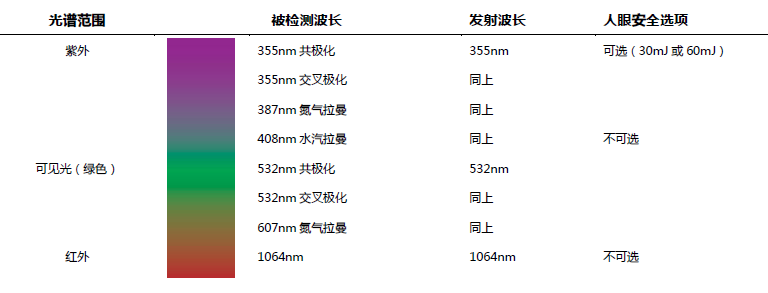 | |||||||||
| Regarding the relevant principles of wavelength: youCopolarization or backscattering wavelengths (355nm, 532nm, 1064nm) can obtain data on aerosol distance.Particulate matter of different sizes will have different scattering amounts to lasers of different wavelengths.Therefore, detecting light at multiple wavelengths can calculate the relative particle size. youCross-polarization can provide information on the roundness of particles, so it can distinguish between jagged ice crystals and spherical water droplets in the clouds, and can distinguish volcanic ash from various particles (with Raman scattering). youNitrogen Raman can provide more accurate lidar ratios, resulting in more accurate measurement results.It can also provide more information on particulate properties (such as distinguishing volcanic ash, dust, smoke, etc.). youWater vapor Raman can measure water vapor (humidity) in the atmosphere.Water vapor Raman usually requires higher energy lasers (60 or 90 mJ/pulse at 355nm wavelength) and larger telescopes (300 or 400mm) to capture weaker signals.Water vapor Raman can only be used at night at present, because daylight will obscur the signal. Selection of layout method youVertical lidar you3D scanning lidar | 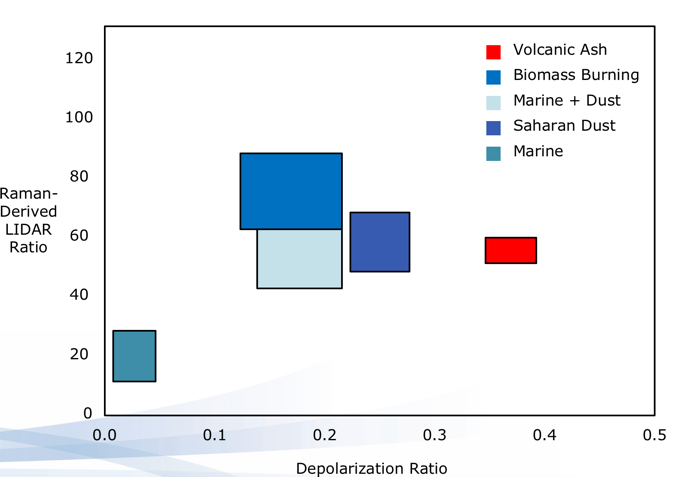 | ||||||||
software | |||||||||
| Raymetrics lidar is equipped with a complete set of software for instrument operation, system diagnosis, data acquisition, data storage and more advanced data analysis and visualization.The software supports real-time data viewing and remote control, so it can be done without personnel on-site duty.The software is pre-installed on Raymetrics' industrial-grade computers configured with each lidar, and is also supported on other computers provided by users. | |||||||||
| |||||||||
| Technical parameters | |||||||||
| |||||||||
| Origin:Greek Raymetrics | |||||||||
